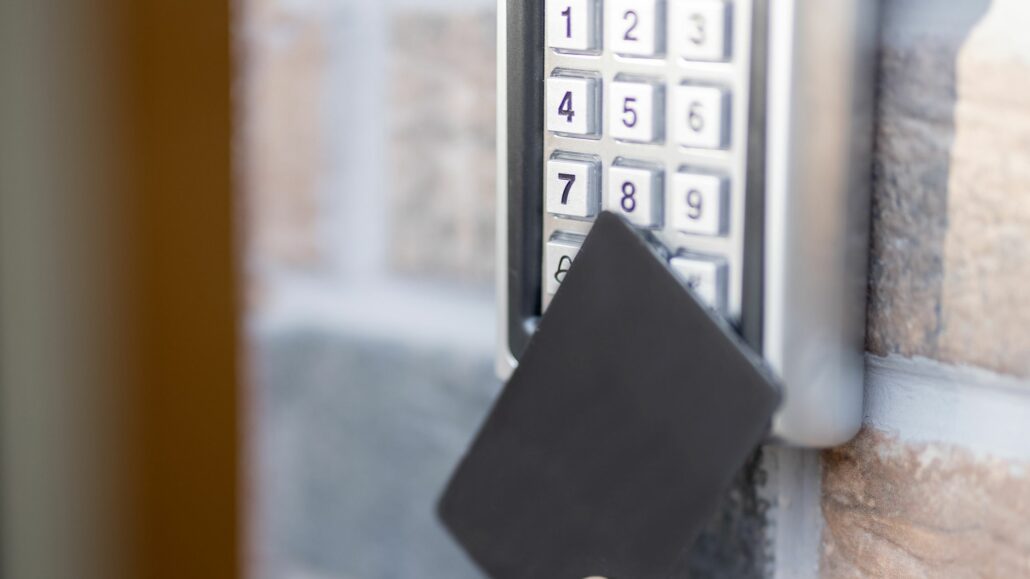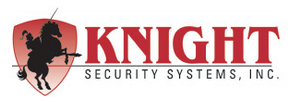Understanding the Different Types of Access Control and Which One is Right for You

In today’s digital age, ensuring the security of sensitive data and resources is paramount. Access control plays a crucial role in this, acting as the gatekeeper to your organization’s most valuable assets. But with various types of access control available, how do you determine which one is the right fit for your needs? Let’s delve into the different types of access control and understand their significance.
What is Access Control?
At its core, access control is a security measure that determines who can access specific resources and when. It’s about ensuring that only authorized individuals can access certain data, areas, or assets, based on predefined criteria.
Types of Access Control
- Role-Based Access Control (RBAC):
- How it works: RBAC assigns access based on the role or job title of an individual within an organization. For instance, a human resources manager might have access to employee records, while a sales representative might not.
- Pros: Streamlined, transparent structure based on hierarchy; achieves compliance; easy to monitor.
- Cons: Might not be granular enough for specific individual requirements.
- Attribute-Based Access Control (ABAC):
- How it works: ABAC provides a granular level of security by granting access based on specific attributes of the user, such as location, time of day, or security clearance.
- Pros: Highly flexible and can provide access to a variety of roles based on specific attributes.
- Cons: Can be challenging to set up due to the need to define various attributes.
- Discretionary Access Control (DAC):
- How it works: DAC allows the owner of a resource to determine who can access it. It’s more decentralized and often uses access control lists to define permissions.
- Pros: Offers a high level of customization.
- Cons: Can pose security risks if not managed properly.
- Mandatory Access Control (MAC):
- How it works: MAC is a more stringent access control type where access is granted based on policies set by a central authority.
- Pros: Highly secure, often used in government or military settings.
- Cons: Less flexible than other methods.
Which One is Right for You?
The optimal access control type for your organization depends on various factors, including the nature of your business, the sensitivity of the data you handle, and your specific security requirements. For businesses that require a high level of security and compliance, MAC or RBAC might be suitable. In contrast, smaller organizations or those with diverse user requirements might find DAC or ABAC more fitting.
Conclusion
Access control is a critical component of any organization’s security strategy. At Knight Security Systems, we understand the importance of robust access control and offer tailored solutions to meet your unique needs. Whether you’re looking for a simple RBAC system or a more complex ABAC setup, our team of experts is here to guide you every step of the way.
- DIY vs. Professional Security Systems: Making the Right Choice - April 19, 2024
- The Psychology Behind Security: Feeling Safe with Knight Security Systems - April 13, 2024
- Understanding Video Analytics: How They Work and Why They Matter - April 5, 2024
